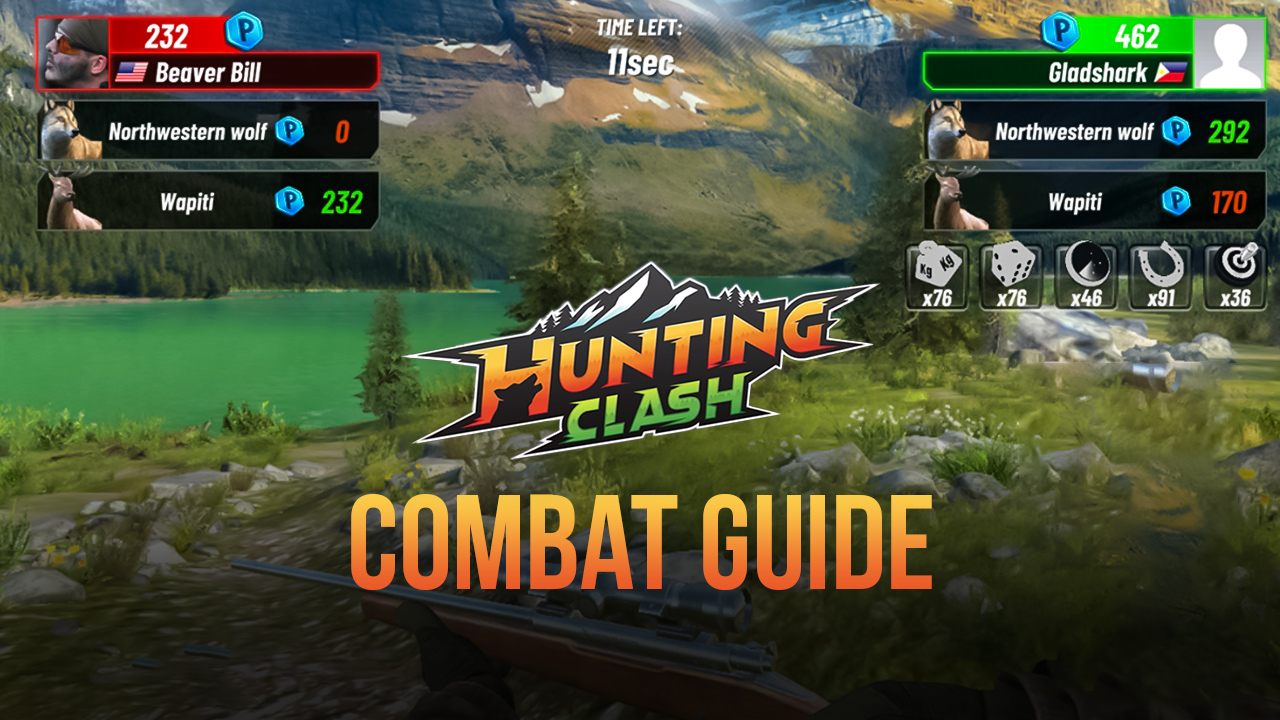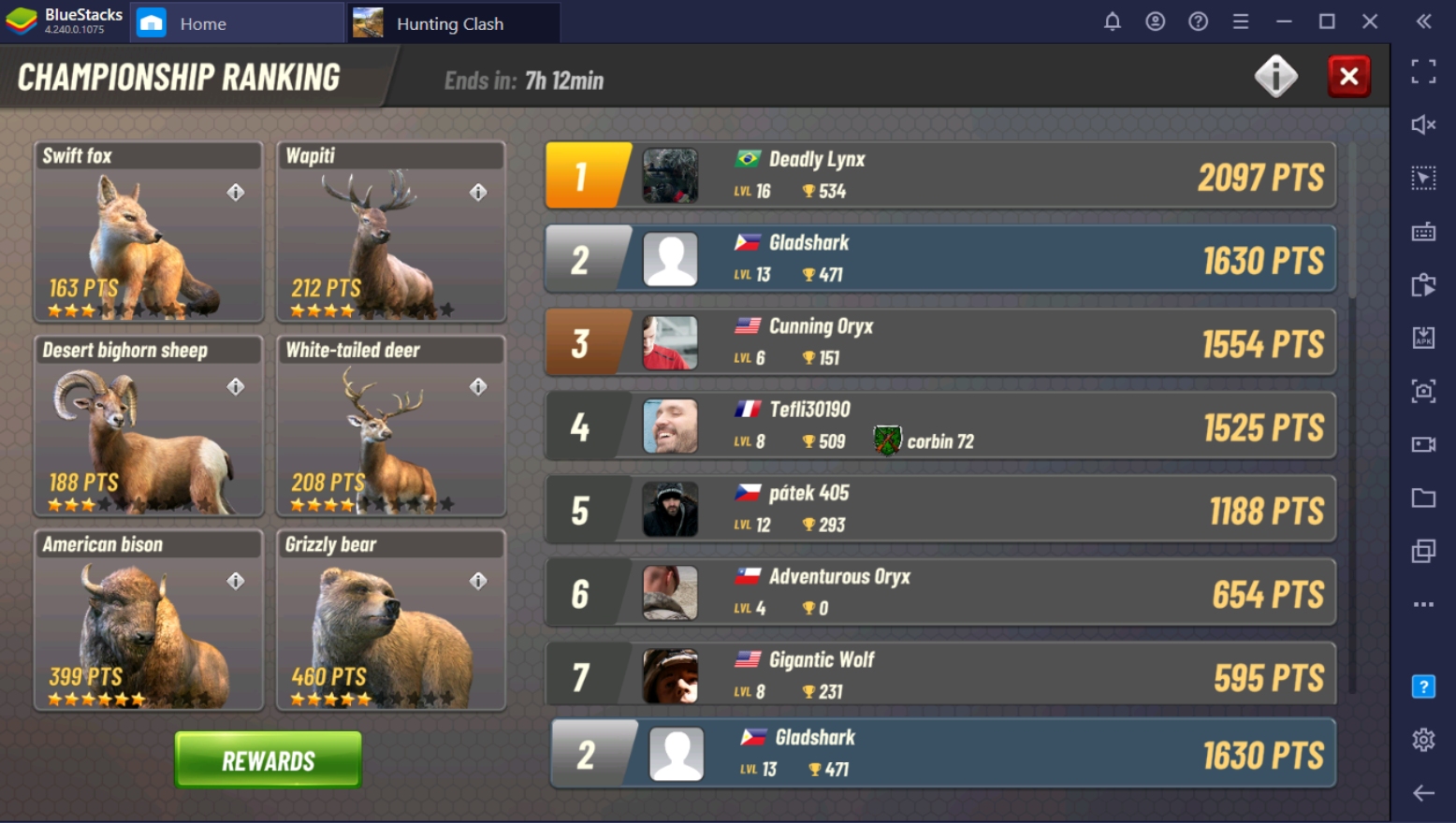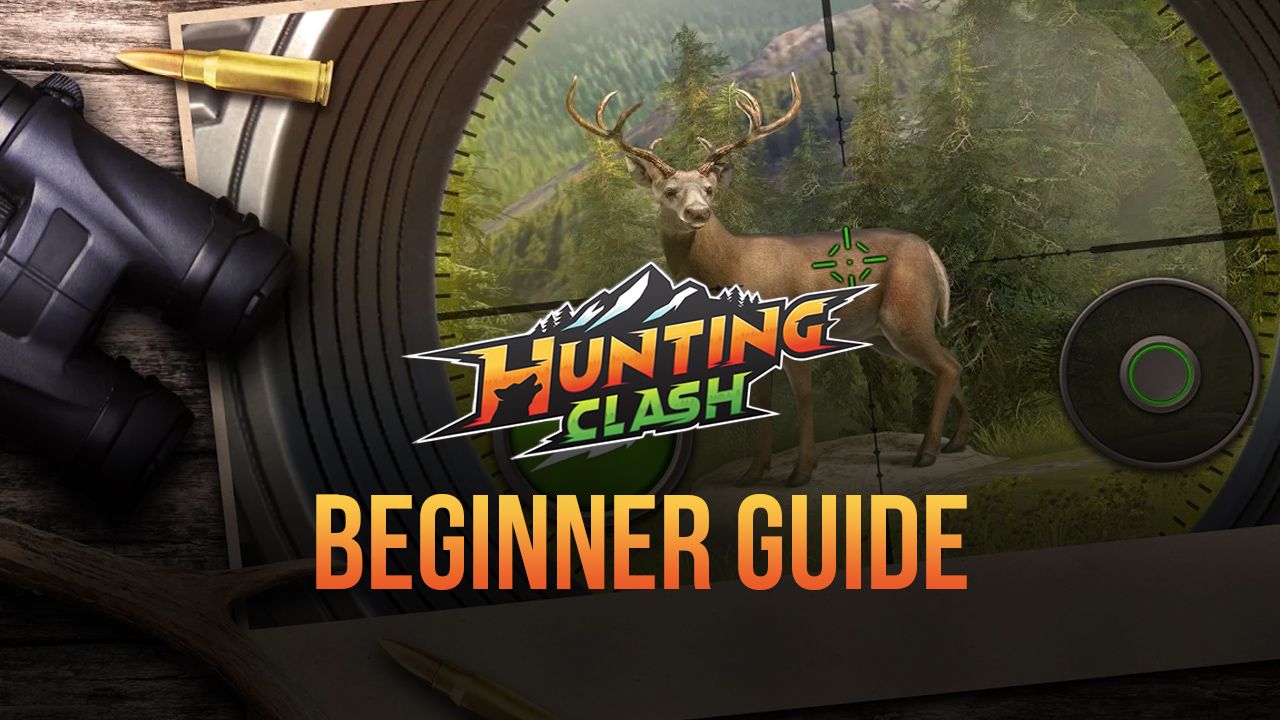Alright folks, lemme tell you about my little “hunting clash” adventure. It all started when I was bored, like, super bored. I needed a project, something to sink my teeth into, ya know?

So, first things first, I fired up my trusty laptop. Had to figure out what I even wanted to hunt! I spent a good hour just browsing, bouncing between different ideas. Was it gonna be a network thing? A web app? Nah, too much boilerplate. I wanted something… scrappy.
Then it hit me: let’s mess with some APIs! I always wanted to understand how Clash of Clans, or similar game API’s work. I mean, how hard could it be? (Spoiler: harder than I thought).
Next up: research time! I started googling like a madman. “Clash of Clans API,” “game data scraping,” all that jazz. I stumbled upon a few unofficial APIs, some forum posts, and even a couple of GitHub repos that looked promising. I downloaded a couple of them to see what i could do.
Okay, I picked one of the less-shady looking APIs and tried to make a simple call. Boom! Error message. Of course. Spent the next hour debugging, figuring out authentication, and dealing with rate limits. Seriously, who needs that many clan details at 3 AM? Eventually, I got some data back! Just a bunch of JSON, but hey, it was progress!
Now for the fun part: parsing the data! I decided to use Python because it’s my go-to for quick and dirty scripting. I whipped up a script that pulled out some interesting stuff: clan names, member counts, trophy levels, that kind of thing. Nothing fancy, but it was working.

But then I hit another wall: the API was slow. Like, glacier slow. It took forever to get data for just a few clans. I needed to speed things up. So, I looked into asynchronous requests. Yeah, that sounds complicated, and it kinda was. But after some tinkering with `asyncio` and `aiohttp`, I managed to make multiple API calls at the same time. HUGE improvement!
Okay, data was flowing, but what to do with it? I wanted something visual. So I started messing around with matplotlib. Drew a few basic charts: trophy distribution, clan activity over time, the usual suspects. It looked kinda ugly, but it was data visualization, dammit!
Then, I thought “How do I store this information?”. I looked at cloud options but that was too much. I decided to store the information in a SQLite database. That database was the perfect size for my needs.
The final touch? A little dashboard to show off my findings. I used Flask to create a simple web interface. Now I could browse the data, see the charts, and generally feel like a data-hunting genius. It wasn’t pretty, but it was mine.
Was it perfect? Nope. Was it a ton of fun? Absolutely! I learned a bunch about APIs, data scraping, async programming, and even a little bit about web development. And the best part? I had something to show for it – a messy, but functional, “hunting clash” dashboard.

- Learned: APIs, data scraping, asynchronous programming, basic web development.
- Tools Used: Python, aiohttp, matplotlib, Flask, SQLite.
- Challenges: API rate limits, slow response times, ugly data visualization.
Would I do it again? Definitely. Maybe next time I’ll tackle a different game. Who knows? The hunt is always on!